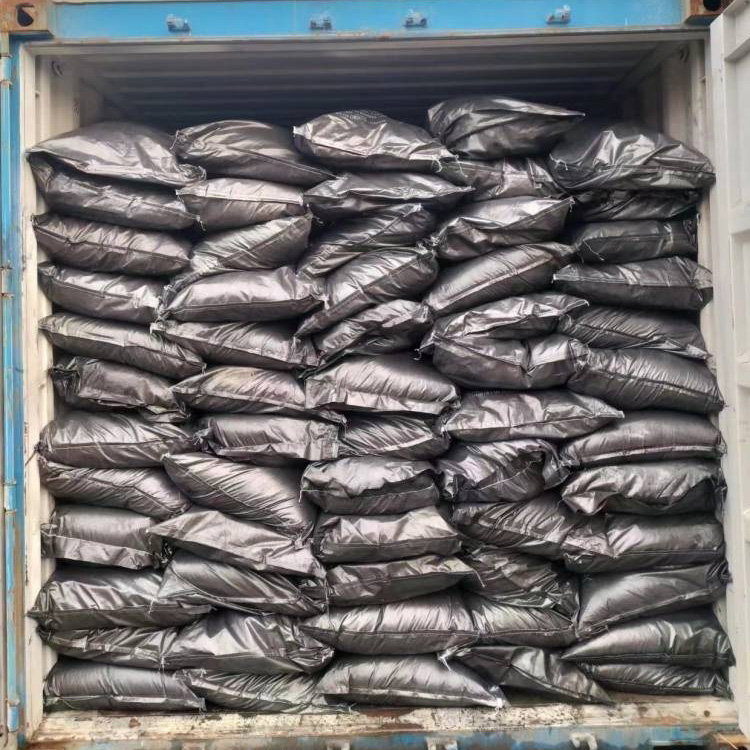Activated Carbon
The Activated Carbon Market was valued at USD 6.6 Billion in 2024, and is projected to reach USD 10.2 Billion by 2029, rising at a CAGR of 9.30%.
Activated carbon is a key material for addressing environmental challenges. Its ability to remove pollutants from air, water and industrial emissions makes it essential for sustainable development and compliance with environmental regulations. Growing legislation related to restoring and protecting the environment is a key proponent of demand for activated carbon. It is used extensively in an array of applications that work toward a cleaner environment. A major advantage of activated carbon is that it can be regenerated so that the adsorbed components can be desorbed from the activated carbon, yielding fresh activated carbon that can be reused. In addition, the demand for activated carbon is also being driven by the U.S. Environmental Protection Agency's stage 1 and stage 2 Disinfectants and Disinfection Byproducts Rule, which limits the amount of chemicals that can be present in drinking water.


The industrial sector significantly contributes to global mercury emissions, with coal-fired power stations, non-ferrous metal smelting and refining, waste incineration and cement kilns being the most significant sources. The U.S. Environmental Protection Agency's (EPA) Mercury and Air Toxics Standards (MATS), part of the Clean Air Act, have established limits on the levels of mercury and other pollutants these power plants are permitted to release. In this case, activated carbon injection is a successful strategy for reducing mercury emissions. Activated carbon is gaining popularity in the automotive sector to lower hydrocarbon emissions. Industry employs activated carbon canisters in automobile air filters to capture volatile organic compounds (VOCs), pollutants and odor.
Activated carbon is the most common technology to remove odor and taste in drinking water, as well as micropollutants including the harmful per- and polyfluoroalkyl substances (PFAS) in water treatment applications. Reactivation regenerates spent granular or pelletized activated carbons,making them ready for reuse. Micropollutant removal is expected to become increasingly important for water and wastewater treatment plants due to the tightening regulation – for example, concerning PFAS removal.
We are the main supplier in China, for price or more information welcome to contact with us at:
Email: sales@hbmedipharm.com
Telephone:0086-311-86136561
Post time: Jul-31-2025

